Dell Plugs In To VMware vCenter
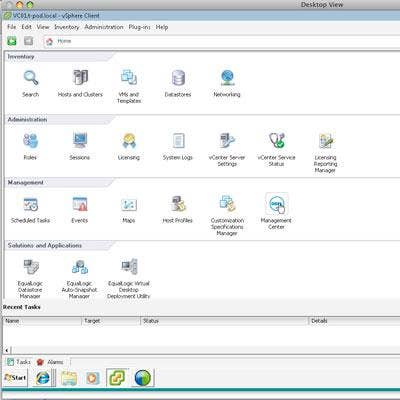
VMware vCenter: No Place Like Home
As VMware continues to solidify its dominance in the virtualization server market, third parties continue to port their management tools to run atop vCenter, turning VMware's management utility into a one-stop administration hub. A recent case in point is Eaton, which this week added to its Intelligent Power Software Suite vCenter plug-in server watchdog capabilities as well as the ability to measure power consumption at the outlet level.
Going well beyond energy management is Dell, which has implemented its powerful Management Center administration utility right within the confines of vCenter. Shown here as an icon on vCenter's familiar Home screen, Management Center and all its capabilities are now just one click away for VARs and system administrators. The CRN Test Center favors simplicity of a single stop for administration tasks because it reduces cost and complexity for VARs and IT staff.
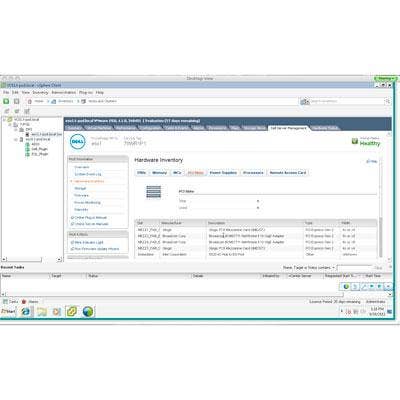
Beyond Inventory
If VMware's inventory reporting can be called exhaustive, Dell's Management Center Plug-in for vCenter is indefatigable. The tool takes administrators well beyond the world of virtualized hardware into the bowels of physical machines.
Need to know how many memory slots are available in the fourth server down on rack 4? Management Center tells you without a trip to the data center. It provides physical info on NICs, power supplies, processor, remote access cards and option cards plugged into PCI slots (shown). This feature alone will save thousands of man-hours a year. But there's lots more.
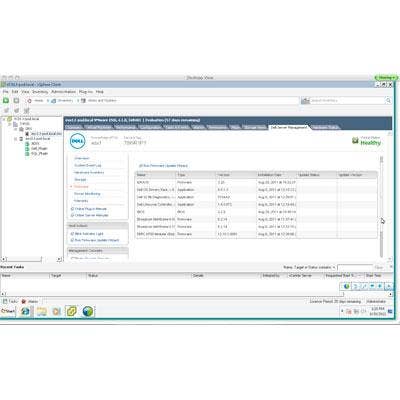
Dell's Firm-Up Plan
No administrator likes updating firmware. Dell softens the blow by simplifying and automating it to the nth degree (as much as possible). Once notified of an available firmware update, administrators can display a list of updates or simply run the update wizard.
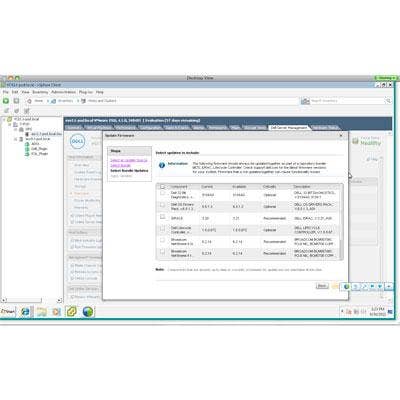
A Wizard Of Updates
A trip to Dell's update repository will render a list of updates along with their importance (which Dell refers to as their "criticality"). Once the desired updates are selected, what remains is to decide when and how to apply them (next).
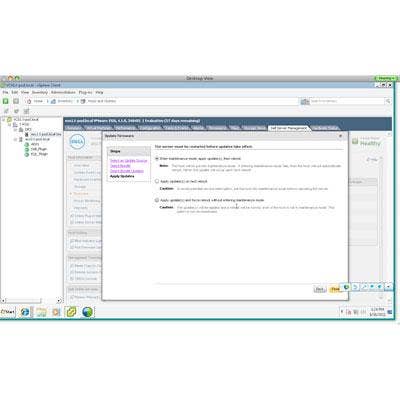
How Do You Want That?
For nonproduction systems, administrators might opt to install and apply the updates without entering maintenance mode. A more prudent approach might be to select the default, which is to enter maintenance mode when possible, install the updates and apply them upon the next reboot. Everything's automated from there (next).
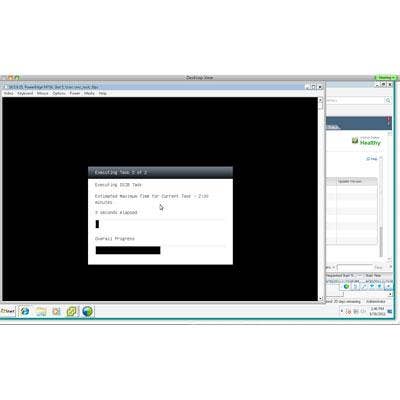
Wait Watcher
Once updates are applied, Management Center takes over and perform all updates automatically, with the status of the update displayed in a console window. For Dell resellers and companies deploying Dell servers, the Dell Management Console can be a huge time-saver. And there's much more. Did you notice the free health indicator on the far right? The tool also reports realtime health data on all machines, sends alerts based on configurable thresholds and can even take remedial actions.